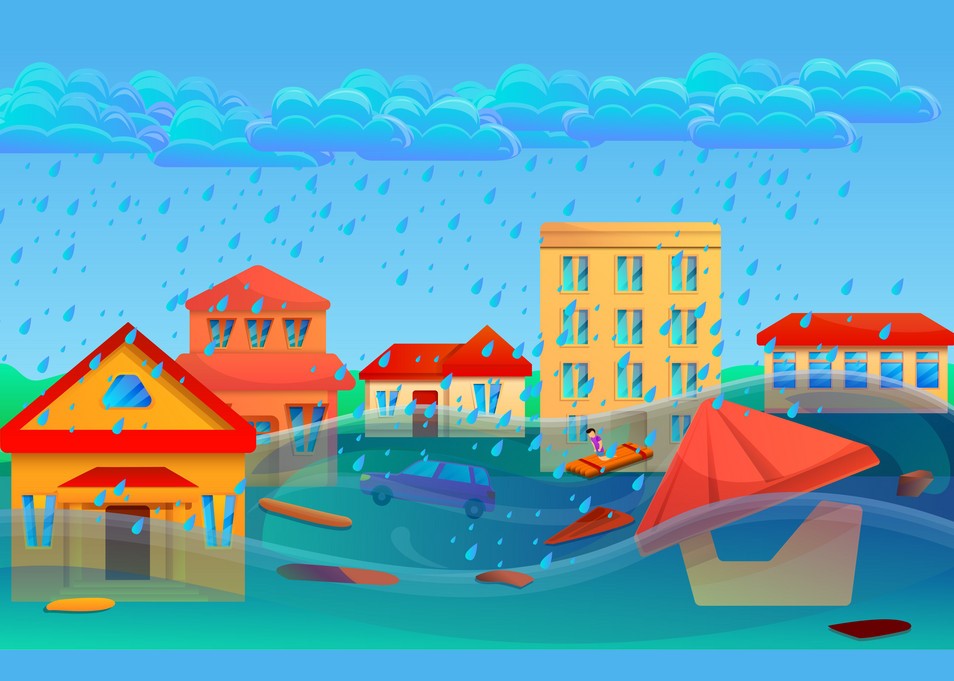
Background
A semester long project completed in a group of three people. The goal was to design an emergency system for a high-rise building, capable of sustaining life for up to five days without access to external resources. This project developed my abilities in problem scoping, decision making and idea generation, as well as tested my knowledge of engineering codes and regulations. We also considered the economic, societal and environmental impacts of our proposed final project.
Click here to view a pdf of the final report.
The Project
When a natural disaster creates a situation that prevents a high-rise building from having electricity or an abundance of food and water, it can be life threatening to the occupants of the building. In order to sustain livable conditions in a high-rise building, the occupants must have access to food, potable water, a waste removal system (i.e. toilets), electricity and basic medical supplies.
For water, there are different storage options including tanks, jugs, or sealed water bottles. Each one has different advantages. After comparing each option, sealed water bottles are shown to be the most viable options.
In regard to nutrition, various food groups were compared against several criteria, including cultural and dietary acceptance, preparation difficulty and lifespan. Dry Cereal was the most successful with dried fruit, legumes, nuts and grains having similar results.
For heating and cooling, the solution proposed was meant to be the most energy efficient and environmentally friendly. The comfort of the residents, amount of fuel and cost was also considered. After doing research, Geothermal heat pumps were found to be a good solution, as they provide heating and cooling while using renewable sources. Wall cladding and double-panel windows were also considered. On the whole, the best option was to combine all the solutions together, allowing for maximum efficiency with consideration to economic feasibility.
For the source of electricity, we identified fossil fuel generators and backup batteries as the most viable options. Those two categories were narrowed down to batteries connected to solar panels, and natural gas generators, which were compared using a table outlining their pros and cons. Overall, batteries connected to solar panels were found to be the ideal option.